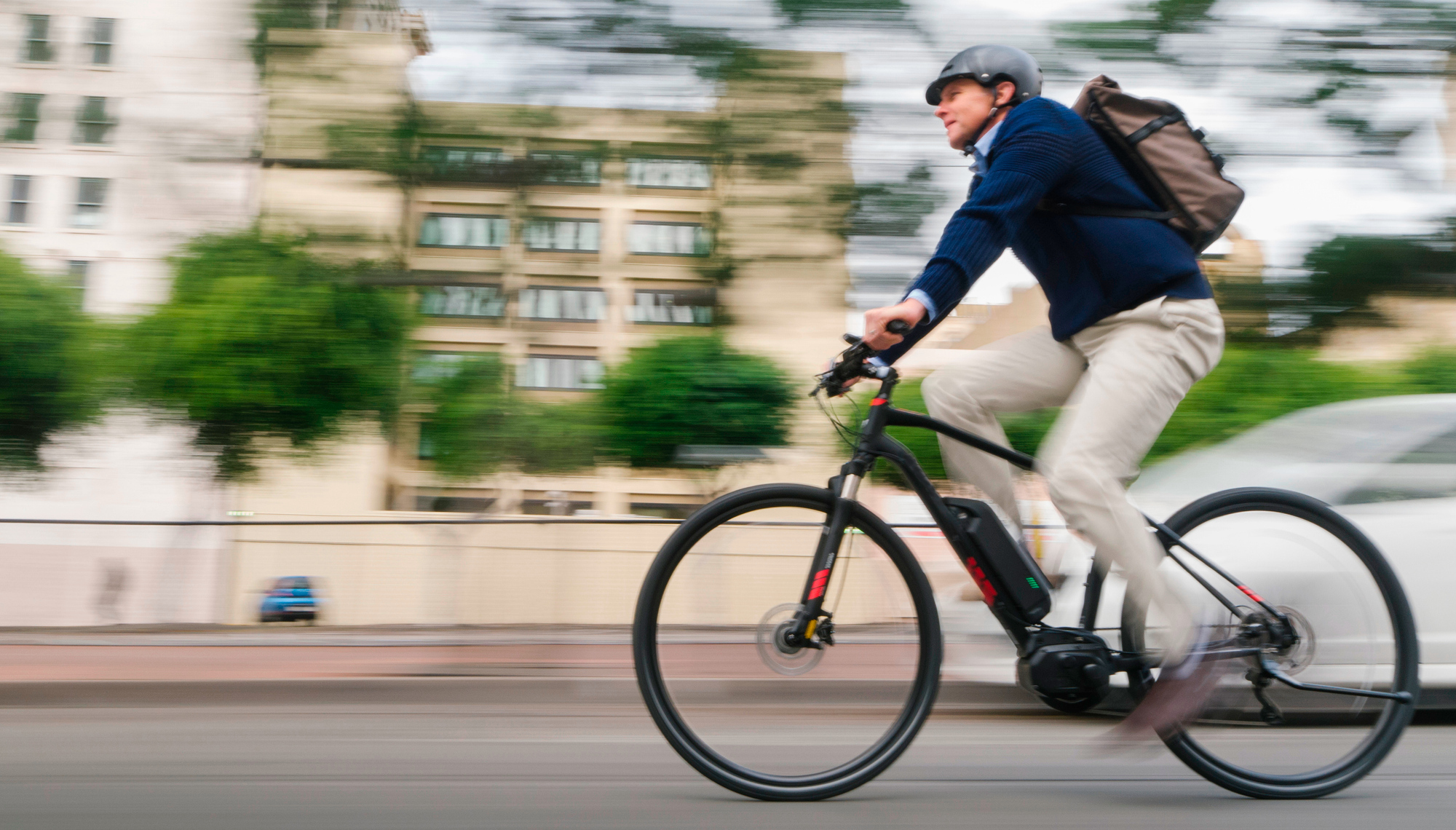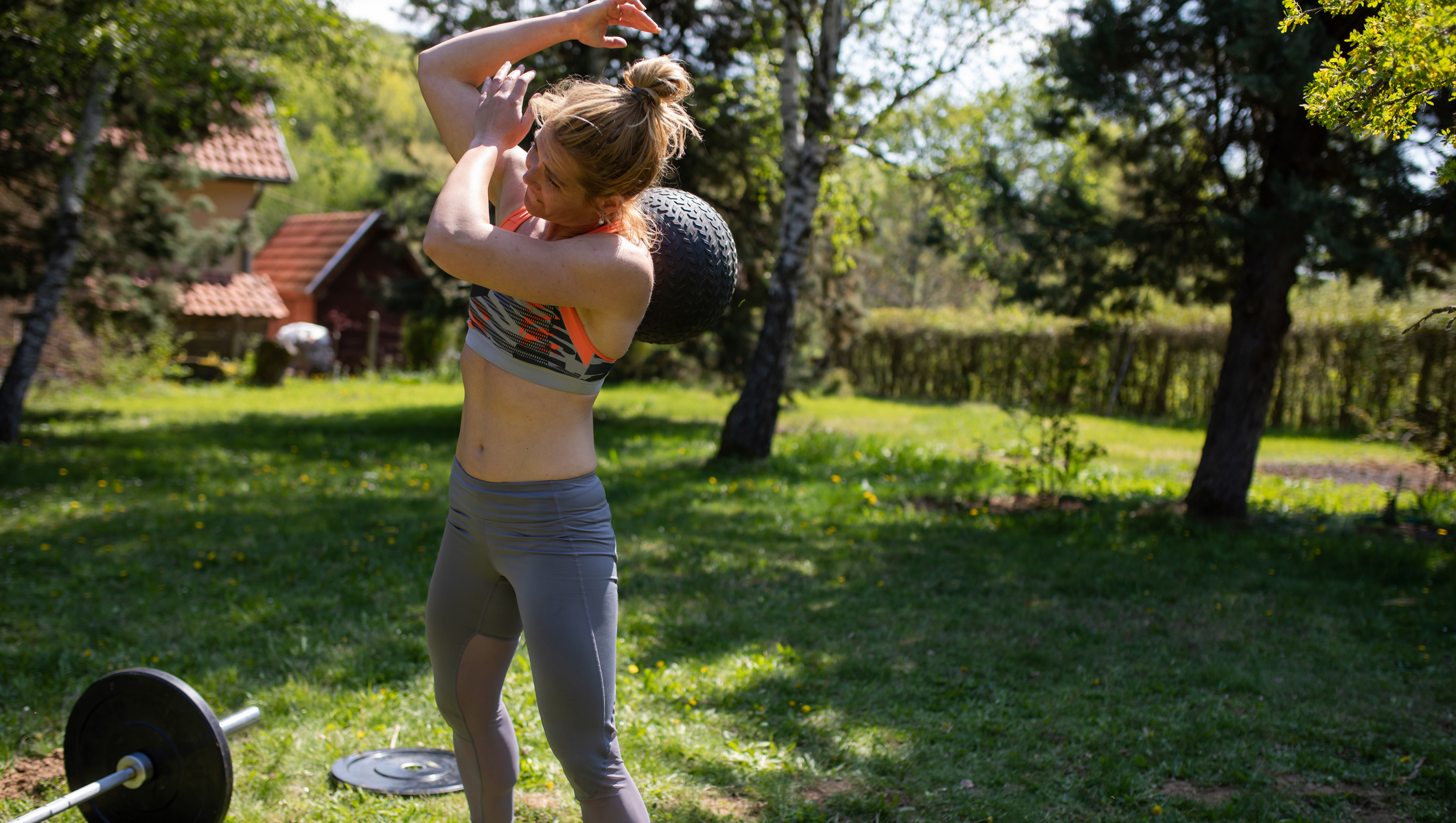Common Running Injuries And What To Do About Them
Runners at every level have one thing in common – malfunction. Here's how to fix your broken body

Running gets a bad rap for causing injuries, but the truth is that a lot of those injuries are down to people doing running wrong, rather than the sport being particularly risky. By “doing running wrong” we mean not obeying two golden rules: increase the amount and intensity of running you do slowly, and take your rest days seriously.
Generally it’s wise to stick to a distance increase of 10% more than your previous week’s total. This might feel like painfully slow progress when you’re new to the sport, but going from no running at all to logging 50km weeks is a recipe for injury disaster. You should also be wary about suddenly adding in a lot of speed work, because short fast intervals will put extra pressure on your body that it might not be used to. Stick to one speed session a week at first, and give your body time to recover afterwards. Rest days are to be savoured – put your feet up as much as possible to let your body adapt to your training and recover, rather than accumulating fatigue that could lead to injury.
If you are struck down by injury it’s also vital to react appropriately, because often the quickest way to turn a minor niggle into a major problem is to ignore it and keep running. That said, sometimes complete rest isn’t the best thing for an injury, because you might need to strengthen that area of the body to stop problems developing.
It all depends on the injury, so we’ve rounded up the most common ways runners come a cropper. If you spot something that matches your symptoms, great – hopefully it will will help you deal with the problem. However, if you’re getting frequent injuries then seeing a physio is essential. They will help you identify any biomechanical problems that might be causing your injuries, as well as providing advice and exercises that will put you on the path to injury-free running.
Achilles Tendinitis
The achilles tendon connects your calf muscles to the heel, so it takes a huge amount of punishment during running. If you put it under too much stress it can become painful during and after your runs.
Prevention: Strong calf muscles are the key to avoiding achilles tendon issues, as well as ensuring you build up your workload gradually. Regular calf raises and a maximum increase in overall mileage of 2 miles (about 3km) a week should keep achilles tendinopathy at bay.
The Fix: If you are struck down with achilles tendon issues the temptation is to rest up entirely and ice the area, but physiotherapist Seth O’Neill says this is often the exact opposite of what’s required because it’s not a typical inflammation injury. You need to strengthen the tendon rather than let it waste away, so keep jogging if possible – albeit with a significantly reduced workload – and start working on your calf muscles.
Get the Coach Newsletter
Sign up for workout ideas, training advice, reviews of the latest gear and more.
RECOMMENDED: Achilles Tendinitis In Depth
See related
- Five Running Recovery Tips From Team GB Athletes
- Recovery Tips For Your Marathon Training
- What Are Custom Insoles And How Can They Help Runners?
- How A Running Biomechanics Screening Can Help Your Marathon Training
- Runners! Look After Your Legs With These Achilles Tendon Exercises
- Help Avoid Runner’s Knee With These Exercises And Expert Advice
- Five Exercises To Minimise The Risk Of Shin Splints
Runner’s Knee
Let’s start with the classic. Runner’s knee (patellofemoral pain syndrome) affects new and experienced runners alike and generally starts as a nagging pain at the front of the knee. This can arise during or after runs, and tends to get worse the more you use the knee.
Prevention: A good start is to get your gait analysed and ensure you’re wearing the right shoes to support your running style.
RECOMMENDED: What Is Gait Analysis?
The Fix: Runner’s knee is an umbrella term for a few injuries that can be caused by a wide range of factors, so often the fix will depend on a proper diagnosis of your problem by a medical professional. If you have knee pain, rest and do exercises that strengthen the glutes, but avoid lunges, squats or any exercise that puts more pressure on the knee.
RECOMMENDED: Runner’s Knee In-Depth
Plantar Fasciitis
The most common foot issue among runners, plantar fasciitis is inflammation of the thick band of tissue that runs under the foot. The pain is usually worse after a period of rest – if your first step out of bed in the morning makes you gasp, it’s probably plantar fasciitis.
Prevention: …is infinitely better than cure for plantar fasciitis. First check your feet – if you have a high arch of flat foot, you may need an insole to counter the risk of plantar fasciitis.
Strength and flexibility training that targets the legs and hips will help prevent the issue developing too.
RECOMMENDED: Strength Training For Runners
The Fix: If you are suffering with plantar fasciitis, take a break from running and stretch the affected area frequently. Rolling your foot over frozen bottle of water for five minutes each day will also help.
RECOMMENDED: Plantar Fasciitis In-Depth
Shin Splints
Any pain along the front or sides of your shin bone – the tibia – is covered by the loose term shin splints. The pain will often come on or get worse while running and in severe cases can also trouble you while resting. Damage to the muscles, tendons or bone tissue around the shin can cause the pain.
Prevention: The most common cause of shin splints is a sudden, substantial increase to the amount of running you’re doing, especially on hard surfaces. So avoid that for starters.
The Fix: If you are experiencing pain, then resting and icing the area will help. Rest until you’re pain-free, then increase your mileage gradually to avoid the problem returning.
RECOMMENDED: Shin Splints In-Depth
Hamstring Strain
Your hamstrings run down the back of the thigh and are the powerhouse muscles that drive your sprints. When one goes, you’ll know about it. The pain is severe and you have to stop running immediately – you might even hear a terrifying pop when it happens.
Prevention: Make sure you warm up thoroughly before running with dynamic stretching and some jogging, especially before any speed sessions, and strengthen your hamstrings with glute bridges and deadlifts.
RECOMMENDED: How To Warm Up For A Run And Cool Down Afterwards
The Fix: If you are unfortunate enough to suffer a strained hamstring you’ll need to rest for a couple of months and build up your running distance slowly afterwards.
Iliotibial Band Syndrome
The IT band is a ligament that runs along the outside of the thigh from hip to knee. When the IT band is tight or inflamed you’ll experience pain and often swelling on the outside to the knee.
Prevention: This is another common injury related to overuse and if there’s one thing you learn from this list, it’s that overdoing it is only going to hamper your running in the long term. You might be able to prevent issues developing by shortening your stride.
The Fix: IT band syndrome often starts as a niggle that people try to run through, which only results in bigger issues that can sideline you for months. When you first experience pain, take a few rest days and reduce your overall mileage. Foam rolling the area before and after your run can help.
Chafing
Mild chafing, the kind that leaves your nipples tender or slightly bloody, is not a major problem and will heal itself quickly once you stop running. But major chafing issues can cause severe pain and bring your run to a halt entirely, especially if they arise in the groin area.
Prevention: You can rub specialist anti-friction creams or vaseline on sensitive areas pre-run and reapplying if it’s a particularly long run. Wearing the right gear will also help – tight-fitting, sweat-wicking clothes that don’t rub should nip any chafing issues in the bud.
The Fix: Time heals all.

Nick Harris-Fry is a journalist who has been covering health and fitness since 2015. Nick is an avid runner, covering 70-110km a week, which gives him ample opportunity to test a wide range of running shoes and running gear. He is also the chief tester for fitness trackers and running watches, treadmills and exercise bikes, and workout headphones.









